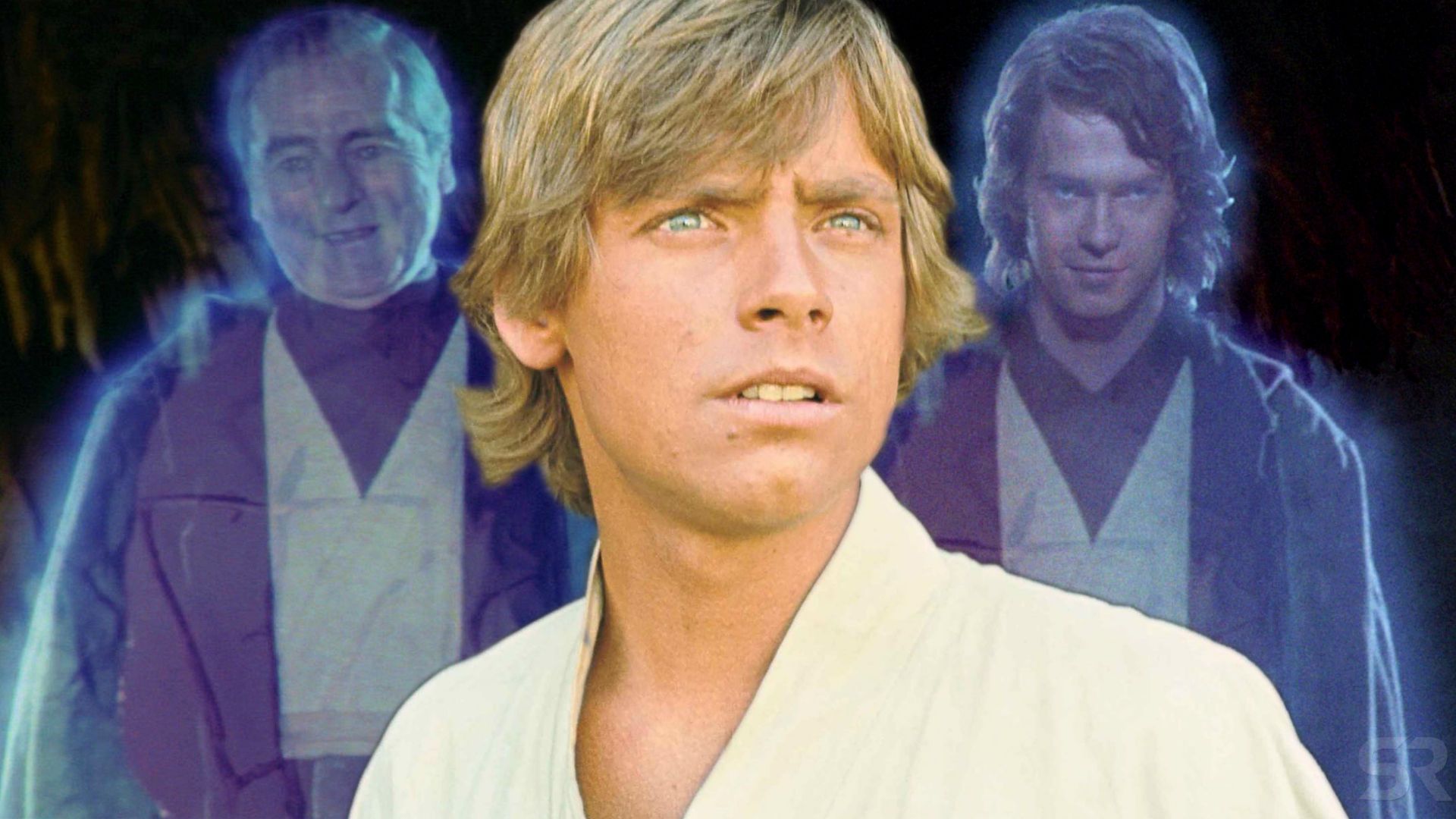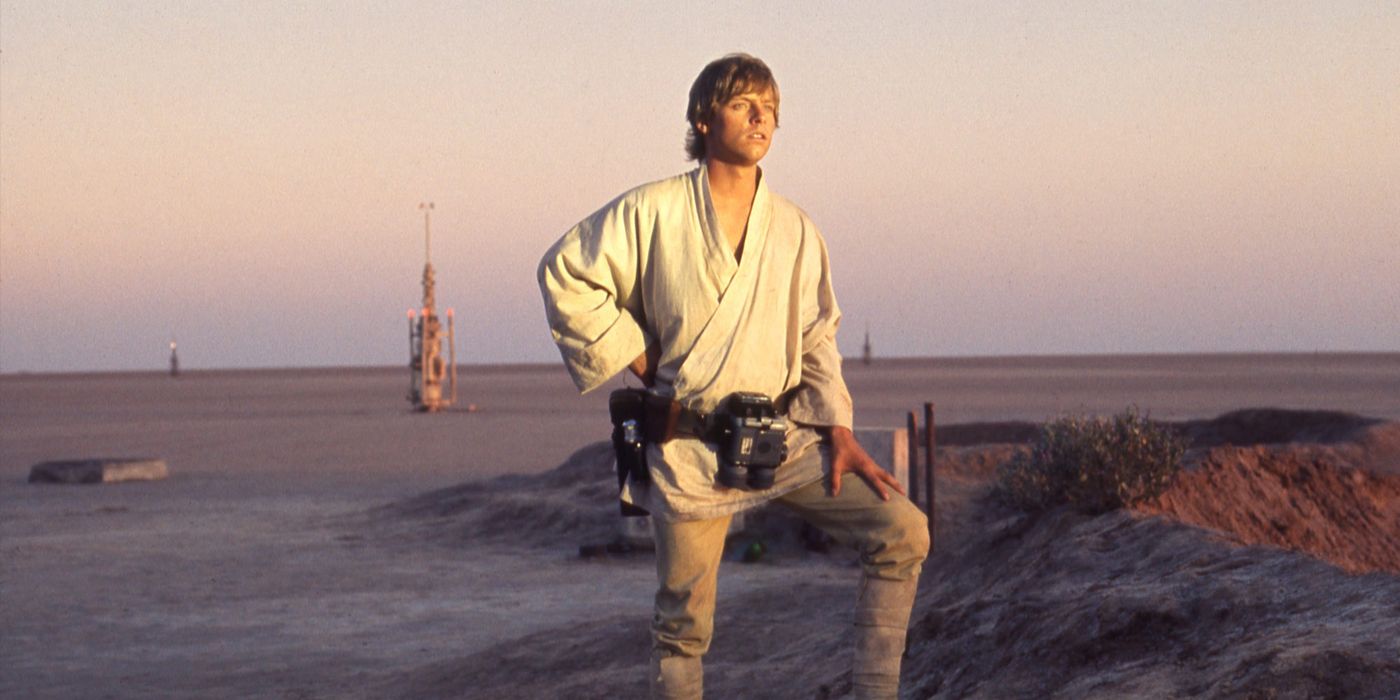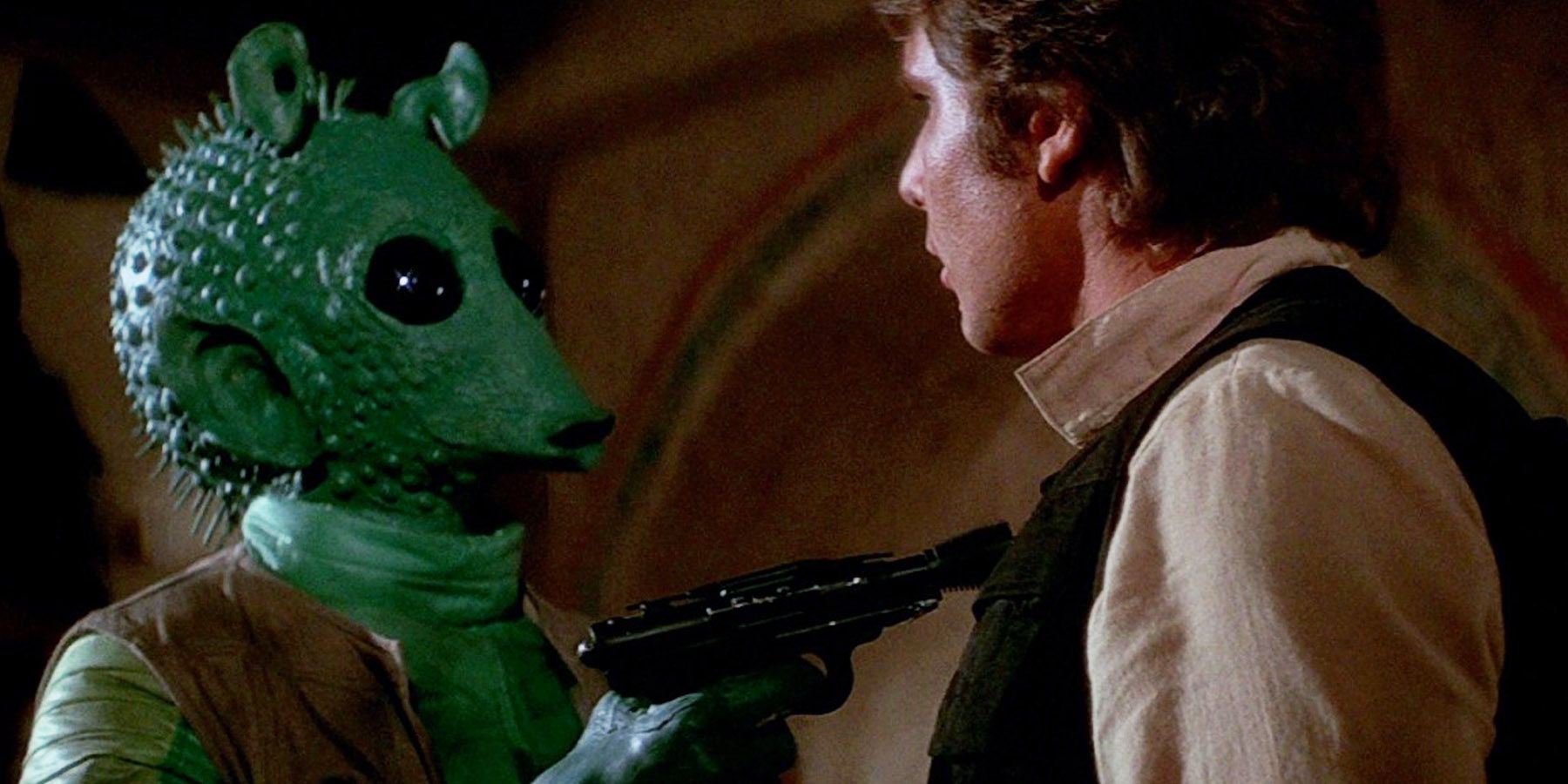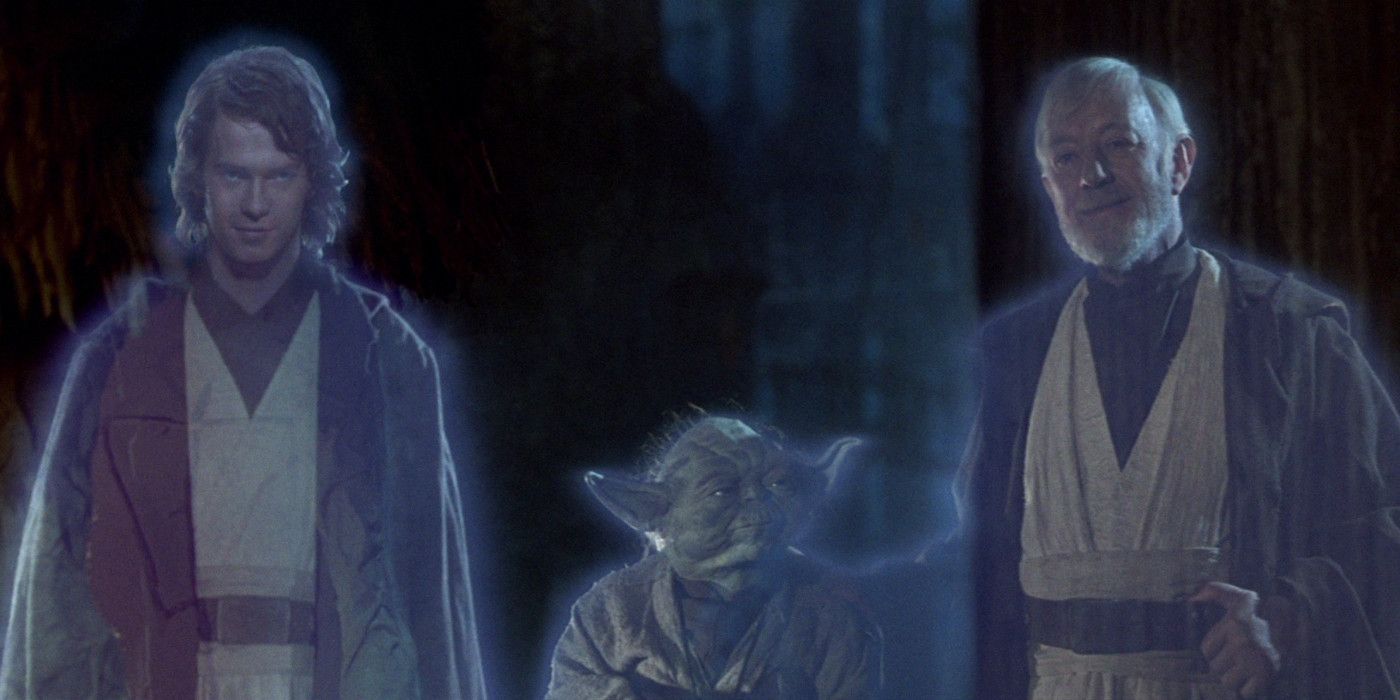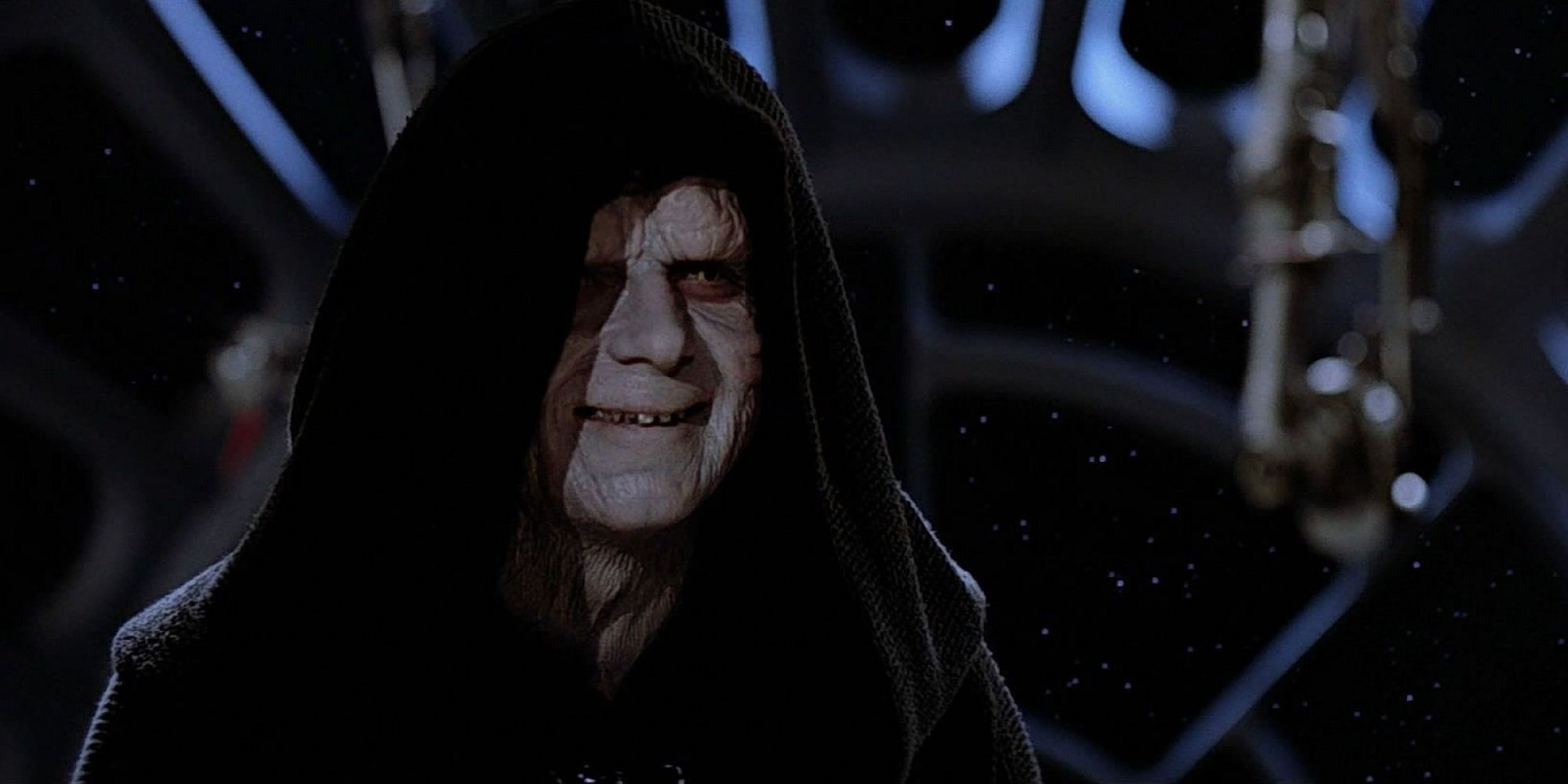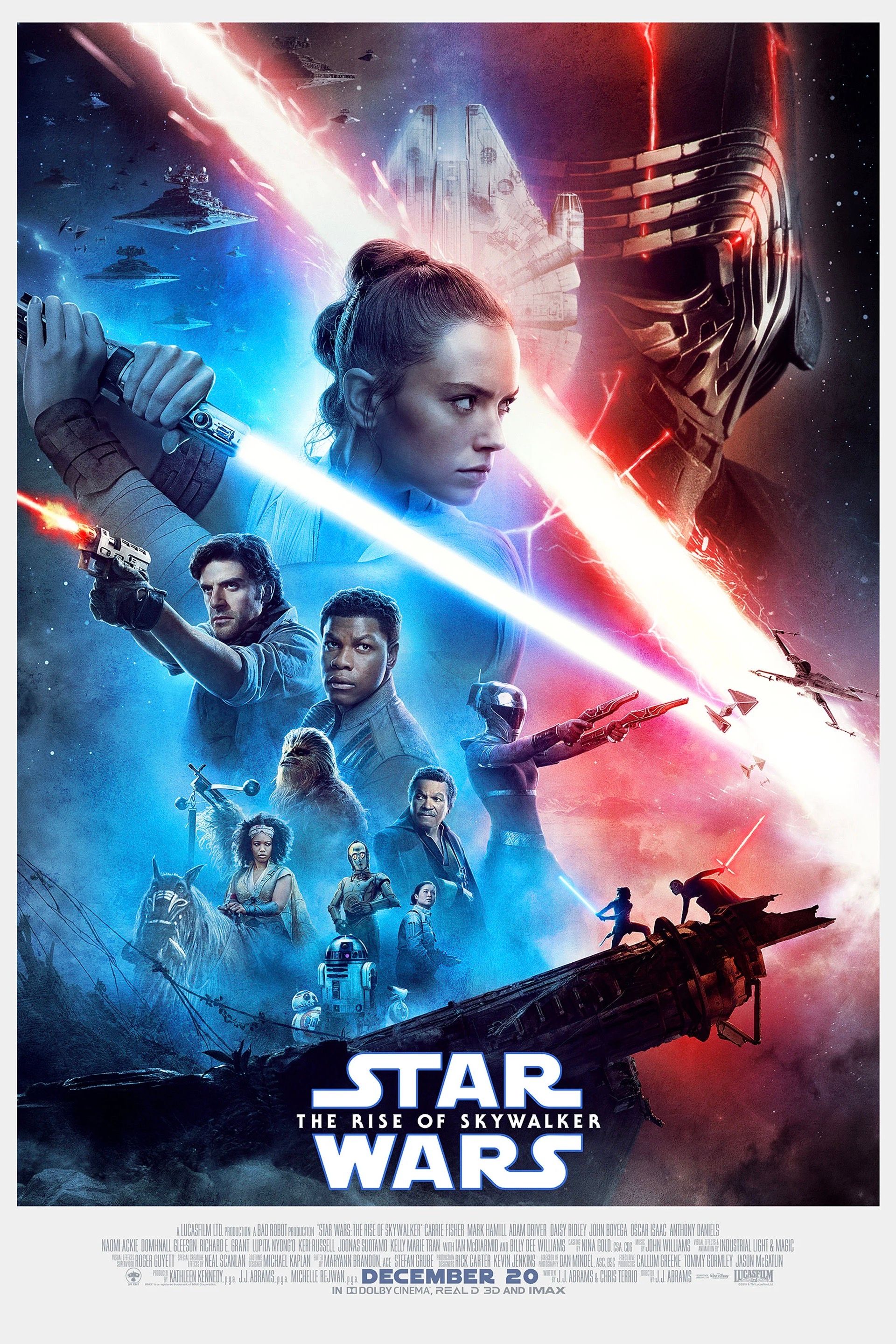The original Star Wars trilogy has gone through numerous changes since the films left theaters, and some of those changes haven’t exactly been for the better. The original trilogy began in 1977 with A New Hope, followed three years later by The Empire Strikes Back and culminating in 1983 with Return of the Jedi. Of course, that wasn't the end of the Star Wars saga, but it was the end of one part of its overarching story.
The Star Wars universe continued its expansion in 1999 with Star Wars: Episode I - The Phantom Menace, the first installment in the prequel trilogy. The purpose of these movies was to provide more backstory to some characters from the first three movies, especially Darth Vader/Anakin Skywalker, who was the focus of the prequels. This trilogy was not what fans were expecting, and the movies even ended up affecting the original trilogy when Lucasfilm decided to remaster them to better suit the visual style of the prequels.
That edition in particular has been heavily criticized for years, but the original Star Wars trilogy had already gone through some very significant changes a few years back, and it wasn’t going to be the last time Lucasfilm was going to mess with it. If there’s a silver lining in all this is that Star Wars fans have a couple of options to choose from when it comes to watching the first three movies.
Star Wars Theatrical Cuts
A New Hope didn’t remain intact for long. The movie went through some minor changes between its initial release in May 1977 and the wider release later that year, and before the foreign language prints were made. These changes were mainly related to special effects. The first one is when the Millennium Falcon is being chased after leaving Mos Eisley: the effects where the Star Destroyer is shooting at the Falcon were changed, with the first cut featuring different explosions and flashes, making it look less polished. Later, when Luke and company arrive on Yavin 4, the outdoor shot with the matte painting of the temple was recomposited, and when the fighters take off from Yavin 4, there’s an extra cloud. The end credits were also redone; a glitch in composition at the beginning was removed, and a lot of sound effects and dialogues were slightly changed. These are all very small details, but not as much as to not be perceived.
The subtitle Episode IV - A New Hope was added in 1981 to the opening crawl to fit with the sequel. The Empire Strikes Back also went through some subtle changes, with the 70mm version having both visual and audio differences to the 35mm version. These changes were more subtle than the ones in A New Hope, such as the Emperor’s hologram not fading at the start of his conversation with Darth Vader, and Lando Calrissian’s line “when we find Jabba the Hutt and that bounty hunter, we’ll contact you” was cut. All of this happened when the “finished” cut was handed over to the lab and sound facilities to prepare the 70mm print, and the filmmakers took this opportunity to make some adjustments. Unlike its predecessors, Return of the Jedi was unaltered – at least until the first special edition.
1997 Star Wars Special Editions
Lucasfilm re-released the original trilogy in 1997 for the 20th anniversary of A New Hope, and they made a lot of changes to all three movies. Their intention was to modernize the movies, create consistency with the forthcoming prequels, and add all those effects they weren’t able to back in the late 1970s and early 1980s. A New Hope went through a number of changes, both visual and in audio, but the biggest (and most talked about) one is all about Han, Greedo, and who shot first. In the original cut, Han shoots Greedo, and Greedo dies. In the 1997 edition, the scene was altered to have Greedo shooting first and missing, with Han’s head digitally altered to dodge the shot. This change was not well received by Star Wars fans, nor was the addition of CGI Jabba the Hutt.
Changes in the 1997 version of The Empire Strikes Back weren’t as big (and controversial) as those in A New Hope. They were mostly to clean up some scenes (such as the opening battle sequence), replacing some background details with CG images, and alterations to some dialogues that didn’t affect the plot. Return of the Jedi also got its dose of additional scenes, CG replacements, and other extra changes. Among the most notable ones are Max Rebo Band’s song: in the theatrical cut, the song was “Lapti Nek”, sung in the fictional language Huttese, and it was changed for a song called “Jedi Rocks”. The puppet used for the band’s singer, Sy Snootles, was replaced with CGI. Oola’s death was extended with the addition of shots that showed her in the pit. The song at the end of the movie, when the Rebel Alliance and the Ewoks are celebrating their victory over the Empire, was replaced with a score composed by John Williams titled “Victory Celebration”, and the force ghosts shot was slightly altered, though nothing like what the following release did.
2004 Star Wars Trilogy DVD Re-Release
Star Wars’ original trilogy was changed again for the DVD re-release in 2004. Some of the changes made in 1997 were removed and more were made, along with another restoration job to make it look cleaner and give it a higher definition. The controversial Han/Greedo scene in A New Hope was altered again to make them both shoot simultaneously, though some argue that Greedo still managed to shoot first. The addition of Jabba the Hutt from the 1997 version stayed but it was replaced by an improved CGI version to make him look more like the Jabba in The Phantom Menace. This is also the version that added a sound effect to the stormtrooper who bumped his head on the door-frame. Not all changes were for the better or to add to the story: the 2004 version has various lightsaber mistakes, with these changing color or not having any at all, and the movie is over-saturated, giving it a magenta tint.
The Empire Strikes Back went through some significant changes mainly to make it fit with the prequels. Ian McDiarmid was added in all scenes where the Emperor appears, replacing the original actors Clive Revill (who provided the voice) and Marjorie Eaton (who wore a mask to portray the character). Boba Fett’s lines were also changed so they were spoken by Temuera Morrison (who played Jango Fett in Star Wars: Episode II - Attack of the Clones). Return of the Jedi wasn’t untouched either, and aside from the Han/Greedo scene from the first movie, this one has the most controversial changes of all. In order to match the events in the prequels, changes like digitally removing the eyebrows of actor Sebastian Shaw were done. This because Anakin Skywalker was severely burned after the battle on Mustafar in Star Wars: Episode III - Revenge of the Sith. Shaw’s eyes were also changed to blue to resemble those of Hayden Christensen, who played Anakin in Attack of the Clones and Revenge of the Sith.
What's more, Sebastian Shaw was replaced by Christensen in the final scene where Anakin, Yoda, and Obi-Wan's Force ghosts appear to Luke. But like many other things in this particular edition of the original trilogy, this change wasn’t done with much attention to detail. Christensen’s head was placed over Shaw’s and the body was digitally altered to match Christensen’s. The details in the background remained intact and thus don’t match Christensen’s head and body. Lucas justified the addition of Christensen as Anakin’s force ghost by saying that, after redemption, Anakin returned to his “inner persona”, and so that’s how he appears as a Force ghost. Plus, by this point, the victory celebration ended up including locations from the prequel films, such as Coruscant and Naboo. The 2004 special edition is, arguably, the messiest of all, as it looks unfinished and has several mistakes.
2011 Blu-Ray Release
Lucasfilm will, apparently, never be fully satisfied with what they do to the original Star Wars trilogy. Under the excuse of “technology evolves”, the trilogy went through another re-mastering process that included even more changes – many of those completely unnecessary. A New Hope added a rock in front of R2D2 when hiding from the Tusken Raiders, removed some frames from Han and Greedo’s shootout, Luke’s lightsaber color was corrected to blue during the scene where he’s training in the Millennium Falcon (but the rest of the lightsaber effects weren’t corrected), and many sound effects were either altered or added. The Empire Strikes Back had minor changes like removing a puppeteer rig that was visible, the addition of a reflection on a window in Cloud City when a cloud car passes by, and sparks were added to the melting chamber when Chewbacca is searching for what’s left of C-3PO.
Return of the Jedi also had many unnecessary changes – except for the restoration of most lightsaber shots, which were given their white cores back. The door at Jabba’s Palace was made bigger, CG eyelids were added to some Ewoks, and the infamous “Emperor slugs” were finally removed. Probably the most “notable” addition was Vader muttering and then yelling “no!” before throwing the Emperor down the pit. Like with several other changes to the original trilogy, many fans found this last one to be unnecessary and to change an emotional moment into a “laughable” one. With the Skywalker saga approaching its end with Star Wars: Rise of Skywalker, it wouldn’t be surprising if Disney came up with yet another version of the original trilogy with the intention of “modernizing it” and – quite possibly – adding even more things. For now, Star Wars fans have four versions to choose from, and each viewer will decide which is better (or more entertaining, depending on what they’re looking for).

